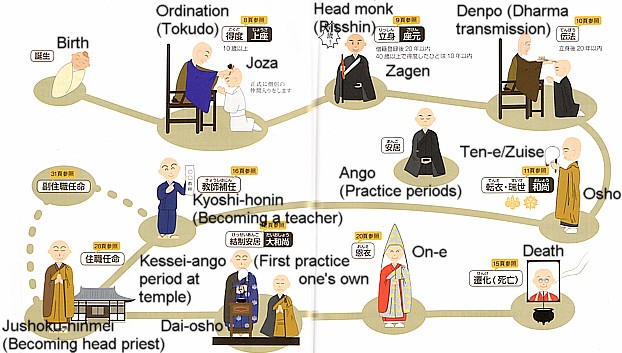I would like to ask, due to my insatiable curiosity, and my fascination with the topic --
What is the ordination / priesthood process with TreeLeaf like? How do people know they are right for it? What is it all about? What is the life like? What does it mean? I've read the forum descriptions but that only made me want to know more.
I am ask these questions and I haven't yet completed Jukai or Ango, but the questions haunt me. I research these subjects personally, about general information on monks and priests in all cultures of Buddhism -- ordination, daily life, etc. -- because it fascinates me.
But TreeLeaf is very special, and I am so curious -- thank you in advance.

gassho
kim
st lh
What is the ordination / priesthood process with TreeLeaf like? How do people know they are right for it? What is it all about? What is the life like? What does it mean? I've read the forum descriptions but that only made me want to know more.
I am ask these questions and I haven't yet completed Jukai or Ango, but the questions haunt me. I research these subjects personally, about general information on monks and priests in all cultures of Buddhism -- ordination, daily life, etc. -- because it fascinates me.
But TreeLeaf is very special, and I am so curious -- thank you in advance.

gassho
kim
st lh
 ) questions:
) questions: 
Comment